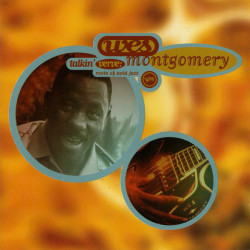HAKUSHOW二四〇四08
Gorillaz | New Genious (Brother)
Sigh | Introitus / Kyrie
Desired | Lost
Ahmad Jamal | Eclipse
Horseback | On the Eclipse
Pink Floyd | Eclipse [Excerpt]
Tombs | Path of Totality
Scanner | Mothlight
unlucksi | Invisible but here is
Neptunes | Mr. Me Too (Instrumental)
宇多田ヒカル | 嘘みたいな I Love You
HAKUSHOW二四〇四01
Gorillaz | New Genious (Brother)
Wyclef Jean | Year of the Dragon (feat. Ms. Lauryn Hill)
Ciccone Youth | Macbeth
Cabaret Voltaire | Do the Mussolini (Headkick)
Björk | Possibly Maybe
DJ Shadow | Mutual Slump
Cornelius | Cannabis
Mojo Nixon | Hamlet Chicken Plant Disaster
tricot | いない
Bladerunner | Thaalapalassi
Cynic | The Space for This
Charlemagne Palestine | Sliding Fifths
宇多田ヒカル | 嘘みたいな I Love You
Renaming the System
I’m coming back to what I was calling Fixed Integer Notation and renaming it the Decimal Pitch System.
Still working on practical applications, but the mathematical obstacle that I thought I had to overcome is already taken care of by the system of Cents. The cent is generally recognized as the smallest differentiation in pitch perceptible to human hearing. With this in mind, there’s no need to figure out what a microtonal note is fractionally; doing this could mean different things depending on the octave, due to lower pitches being produced by longer vibrational wavelengths. But the point was to find a way to name a microtonal pitch independent of the octave. For example “5” represents the note “D”. “5.5” is the exact quartertone between D and D#. What if you’ve got a note that is slightly flatter than that? It it 5.4? 5.3? It’s still useful as an approximate system, but I was thinking to get it accurate, you might need many decimal points and that’s not practical at all. But using cents only one more decimal point is needed. Every possible note can be written from 0.00 — 11.99 (exactly A440 to an extremely sharp G#).
Ĝis la revido!






Recent Comments